Rubber granulate and rubber powder can be used for many different applications. ATR rubber products are used for asphalt and bitumen modification; in the sports and leisure segment, for example, athletic tracks, playgrounds, and artificial turf; for various industrial rubber products, new tyres, paints, coatings, and adhesives as well as plastics. But in fact, the only limit is your imagination…
Regardless of the type of product or compound, you are working with, the ATR R&D department is ready to offer technical sales support and expertise. At ATR, we are continuously working with innovation and development of new, high-quality rubber products – as well as new applications for our existing products. Choosing an ATR product is choosing a top quality solution with respect for the environment. ATR is your guarantee of a high-end solution for your customers.
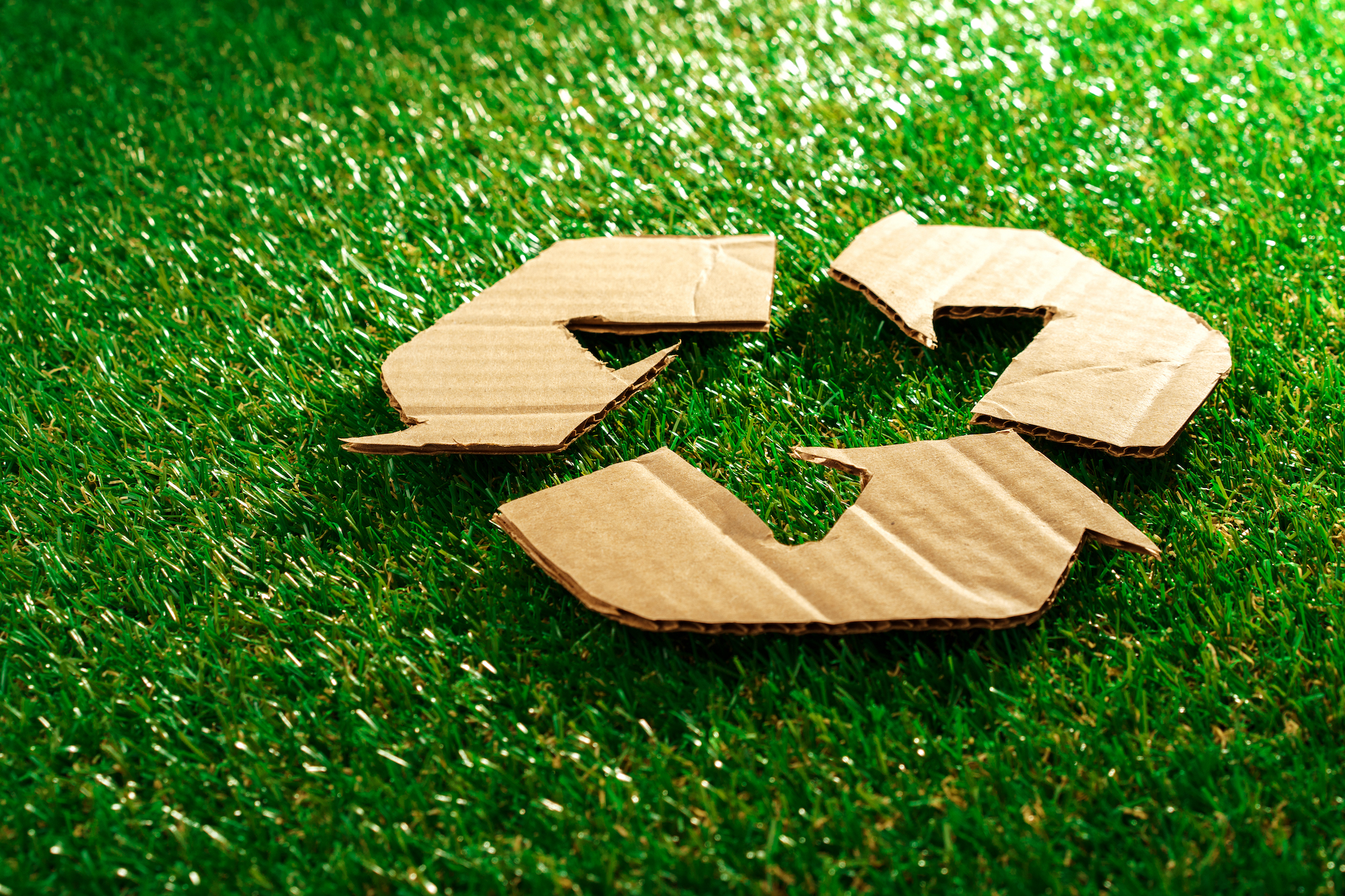
The ATR concept is both remarkable and inspiring. From the intake of end-of-life tyres to the use of rubber products in our customers’ various applications, we strive to deliver an innovative, high–quality, sustainable product.
ATR rubber granulate and rubber powder can be used for many different applications.
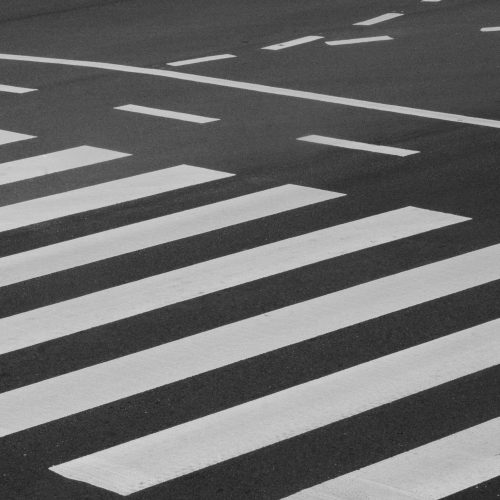
The most common way to modify bitumen in modern road construction is to use the synthetic rubber SBS (styrene-butadiene-styrene). SBS is made from scarce virgin resources and is thus not only costly from an economic point of view – but also environmentally. However, SBS as a bitumen modifier can be substituted by ATR FINE rubber powder (0.2-0.8 mm); and this has now become global standard following years of use.
Throughout the world, local and national authorities know that it is economical to use modified asphalt in new road projects. It is cost-efficient both medium and long-term, because roads are less exposed to rutting and cracking. This reduces maintenance, which is not only a financial problem but also a traffic-related problem, as roads must be partially closed during maintenance work.
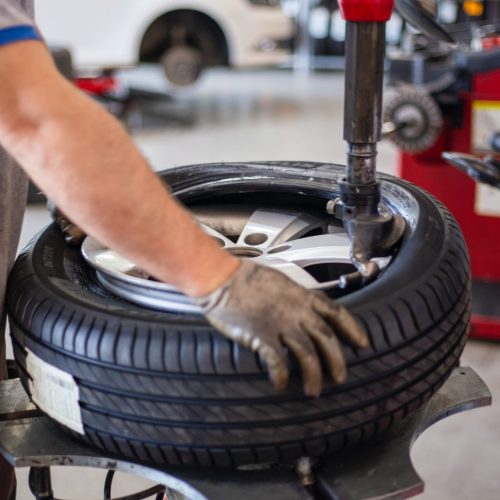
The tyre industry accounts for the largest consumption of rubber in the world. As virgin raw materials are scarce, and price continually fluctuates, the cradle-to-cradle recycling of tyre rubber into the production of new tyres is an enticing option for manufacturers wanting to safeguard their production costs. Moreover, the use of recycled rubber for the production of new tyres sends a strong signal of environmentally-friendly and climate-orientated sustainability.
Using ATR fine, cryogenic rubber powder or devulcanised rubber for the production of new tyres is the optimum solution for partial substitution of virgin elastomers with recycled material.
The cradle-to-cradle approach is the ideal solution to avoid waste from the use of a particular product. All recycled rubber produced at the ATR plants originates from tyres; and the aim should thus always be to produce rubber of such quality that it can be used to substitute virgin rubber in new tyre compounds on a 1:1 basis. Yet, during the vulcanisation process, in connection with the manufacturing of new tyres, the rubber irreversibly loses some of its properties; and recycled tyre rubber will thus most likely never be able to exhibit the identical properties of virgin rubber.
ATR fine cryogenic rubber powder and devulcanised rubber are today used in the tyre manufacturing industry, substituting a fraction of the virgin rubber compound material. ATR works in close cooperation with the tyre industry to make this ultimate cradle-to-cradle recycling a reality. Consequently, the circular economy loop in rubber and tyre production is now gradually closing, thanks to the development of the clean and environment-friendly ATR tyre recycling technology.

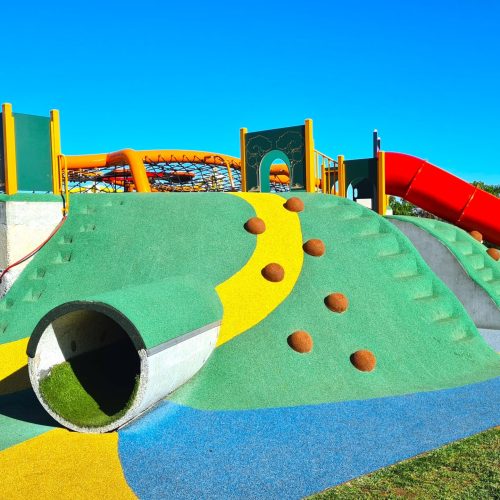
A playground surface made from rubber granulate or pellets is healthier and safer for children compared to sand, gravel or wood chips. A rubber surface is much easier to keep clean and reduces problems with discarded needles, broken glass and faeces from animals.
Playgrounds are often made in-situ. Rubber granules or pellets are mixed with polyurethane, and the playground is built on the spot. There are many examples of playgrounds in unique shapes, designs, and colours. Playgrounds may also be made of pre-fab tiles manufactured with rubber granulate as source material.
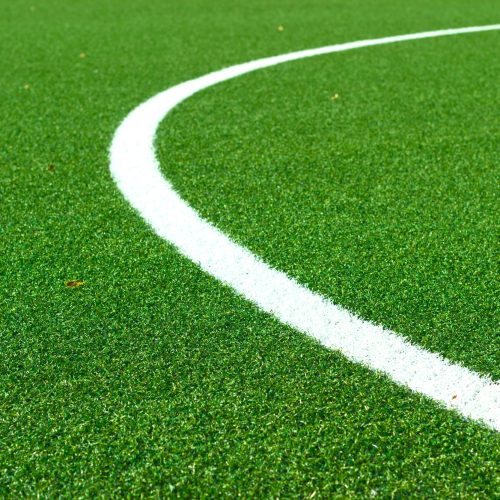
In a typical sports surface application, ATR granulate is used for the elastic, shock-absorbing base layer under a coloured top layer.
ATR’s high-quality rubber granulate is used for athletic tracks, running tracks and smaller pitches including basketball and tennis courts etc.
Athletic tracks are often made in-situ. Rubber granules are mixed with polyurethane, and the track or pitch is built on site.
Rubber granulate for track applications is offered in four standard sizes: Medium, Coarse, Super Coarse and Ultra Coarse. Particle size distribution is important as it influences performance as well as installation costs. A product of poor quality with too much dust and textile will require more expensive binding material to reach the same properties.
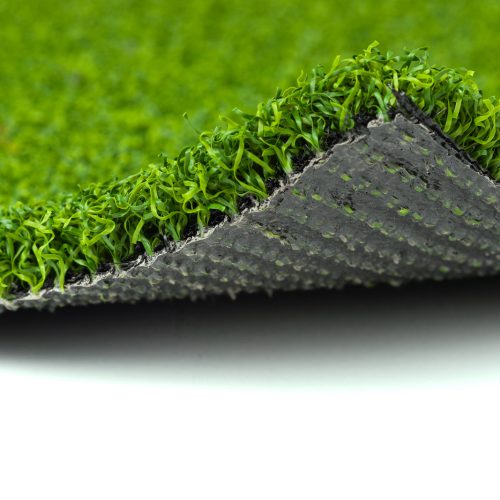
In typical artificial turf, ATR rubber granules are used for both the infill layer (Fine, Fine/Mix or Medium rubber granulate) and for the manufacturing of the e-layer (Medium, Coarse, Super Coarse or Ultra Coarse rubber granulate); – regardless of whether it is built on site (in-situ) or from pre-fab mats.
Artificial turf pitches are fully accepted by the major football organisations FIFA and UEFA – and are now officially allowed for use at all levels, including Champions League and the World Cup.
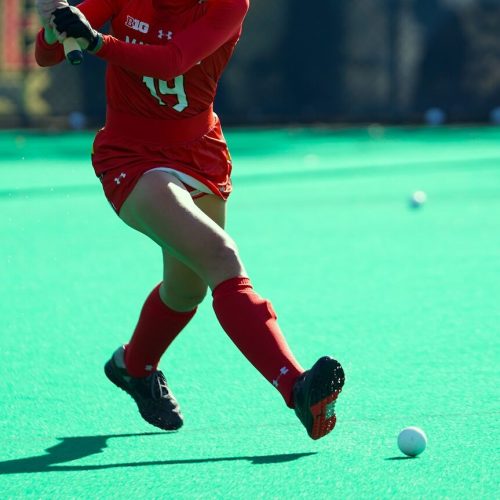
INFILL IS THE MOST IMPORTANT FACTOR INFLUENCING BALL BEHAVIOUR ON THE PLAYING SURFACE
Although infill accounts for only a minor share of the total costs of a complete artificial turf project, it is possibly the most significant element. Infill quality is paramount for meeting the performance criteria of the pitch – and is thus an extremely important ingredient for the image and perception of the playing surface.
INFILL HAS IMPROVED BALL REBOUND AND RUNNING CHARACTERISTICS
In order to ensure optimum ball behaviour, the size of rubber granules must not be too fine, nor too coarse. If the infill is too fine, it will compact, and the playing surface will not be elastic enough. If the infill is too coarse, it will absorb too much energy from the ball, resulting in poor rebound performance and splashing. In order to meet all special requirements, ATR, therefore, offers 3 different infill sizes: Fine, Fine/Mix and Medium.
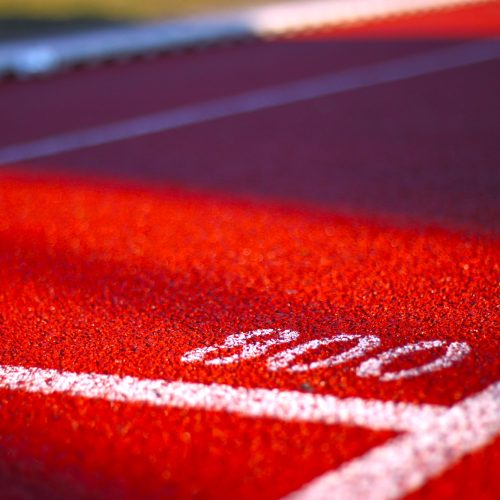
A shockpad is an elastic sublayer, also known as e-layer, boasting long-term elasticity and shock absorbance. It is used underneath the carpet in some artificial turf systems. The e-layer/shockpad is made of rubber granulate and a polyurethane binder. ATR offers rubber granulate for sublayers in three standard sizes: Coarse, Super Coarse and Ultra Coarse.
There are two main ways of making the elastic layer. It can either be built on site (in-situ), where rubber granules are mixed with 8-12% polyurethane binder, or it can be made from pre-fabricated rubber mats. In both applications, ATR high-quality rubber granulate is used.
RUBBER FROM END-OF-LIFE TYRES IS IDEAL FOR E-LAYERS
ATR rubber granulate is a superior material used for elastic layers, as the elastic properties of rubber from end-of-life tyres are the very best available in the market. Several decades of research carried out by the tyre industry has developed a long-lasting, elastic material, which is extremely well suited for this particular purpose.
Choosing environmentally friendly ATR products means you’re supporting a modern, efficient way of tyre recycling. You’ll receive the highest quality products that are making way for a sustainable future.
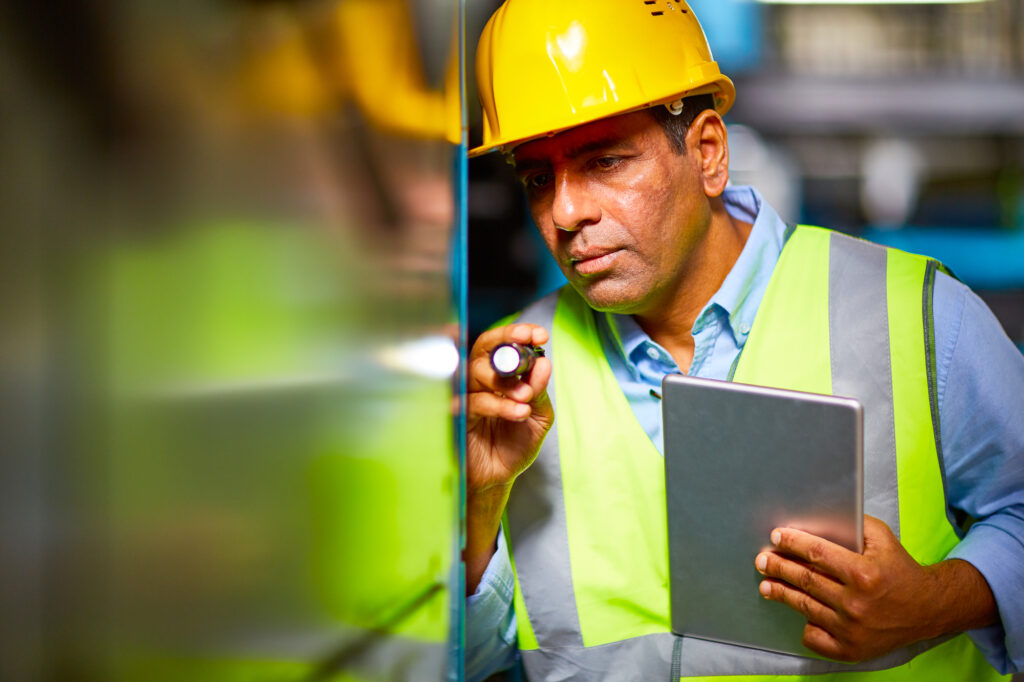
Recycled rubber can be incorporated into countless products. From shoe soles to conveyor belts and anti-vibration or noise reduction products. Theoretically, there’s no limit to what our products can be used for. Listed below are a few examples, but feel free to contact us if you have a specific requirement for our recycled rubber in your production process.
At ATR, it is standard procedure to take samples of production output every single day to measure and control all main properties. These records are safely filed in the event that a customer should inquire about the quality of a particular delivery. ATR is following guidelines of ISO 9001 quality management system and is quality audited on a regular basis.
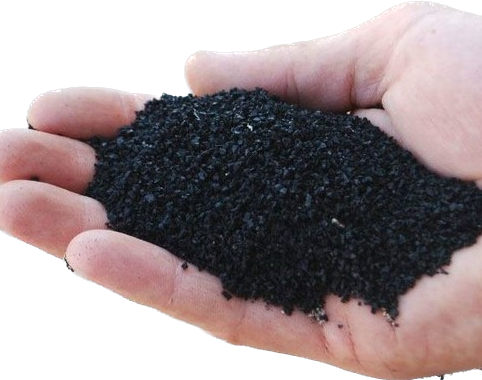
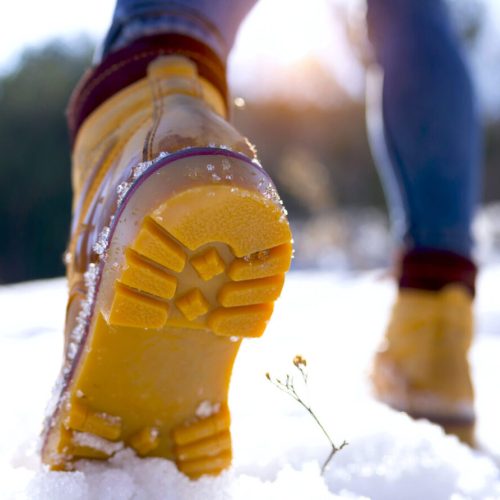
When producing shoe soles, you need good compounding properties. With cryogenic rubber powder from ATR in your compound, you will get a sustainable, environment-friendly, high-quality product. If you opt for cryogenic rubber powder from end-of-life tyres as a filler instead of using waste rubber from your own production process, a larger percentage of virgin material may be substituted. This way, more recycled material is able to be added, resulting in a more cost-effective rubber compound.
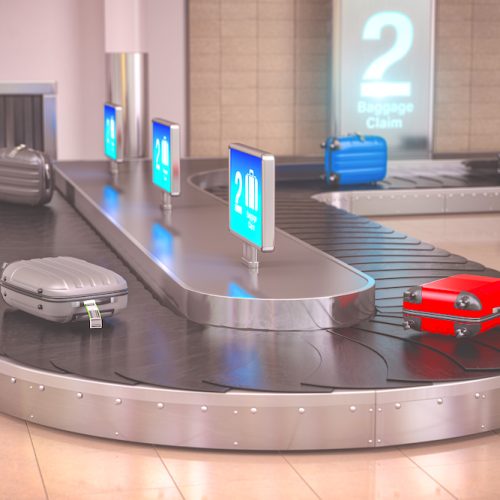
When producing conveyor belts, it is possible to reduce compound costs through a substitution of virgin elastomer with ATR de-vulcanised rubber.
Sometimes, virgin elastomers are substituted by reclaimed rubber for the same reason; but using ATR devulcanised rubber will off an even better solution. Our conveyor belt rubber is so incredibly fine there is almost no distinctive difference between the virgin and recycled counterpart.
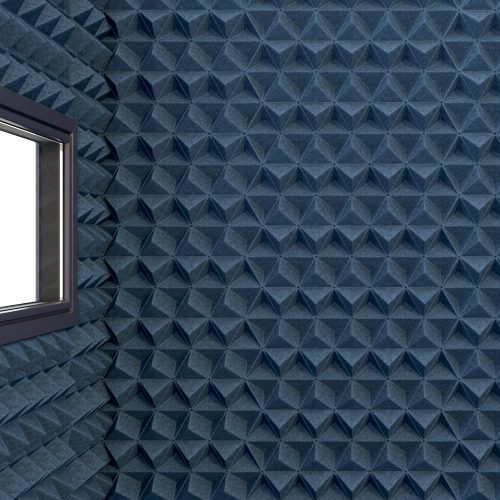
Products for anti-vibration or noise reduction purposes must be of the highest quality. Yet, manufacturers, place cost reduction in large-scale production processes above all else.
To be able to manufacture a sustainable, high-quality product with a long life, you need a consistent, high-quality substitute for virgin elastomers. ATR provides both cryogenic rubber powders and devulcanised rubber which meet these high demands so there is no compromise.
Adding ATR cryogenic rubber powder to paints, coatings and adhesives is an effective way to improve product properties.
Currently, the most common use of rubber powder in this segment is for coatings used in the automotive market and in industrial coatings. Though, there are countless other applications.
Rubber particle sizes smaller than 120 Mesh are the most suitable for paints, coatings and adhesives. Please take a closer look at our various powders to identify the perfect particle size distribution for your product or feel free to reach out.
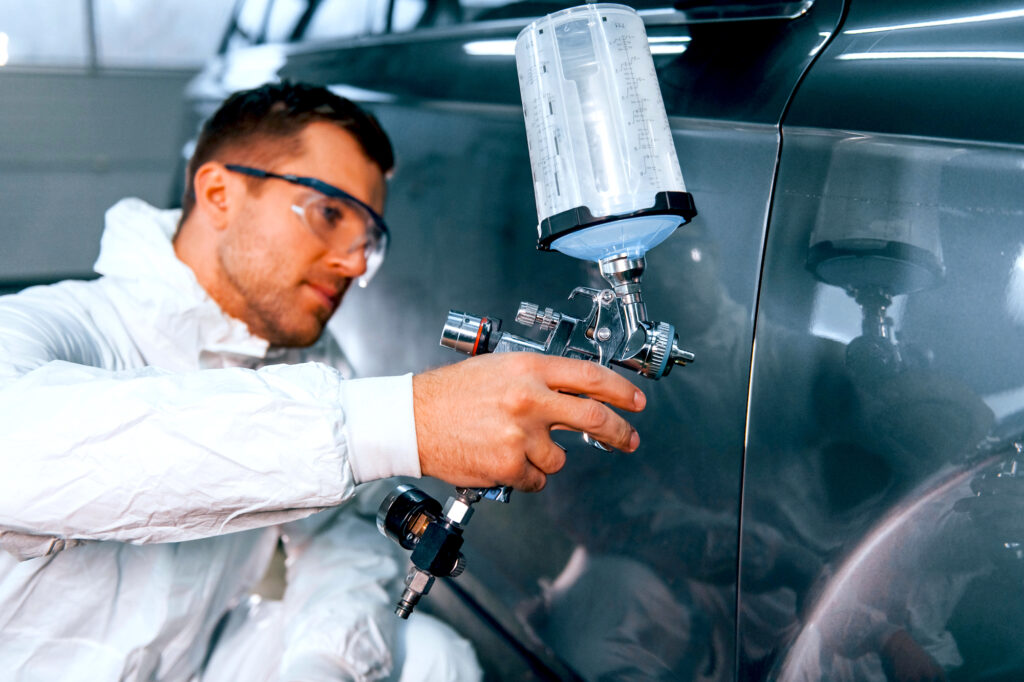
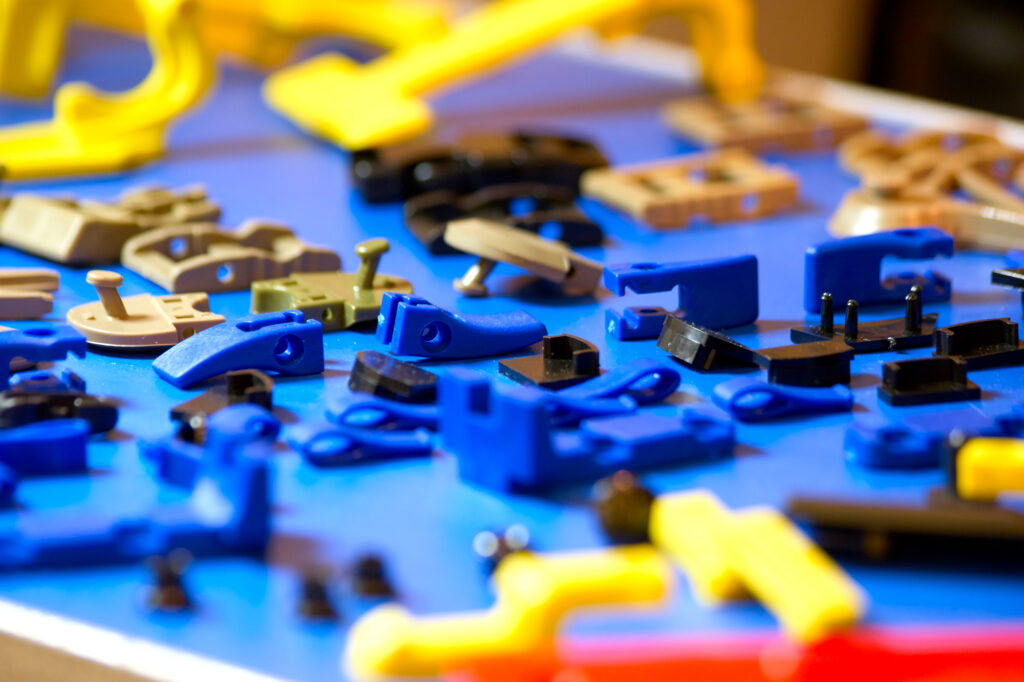
Adding ATR rubber powder to plastics is an effective way to improve product properties. Currently, the most common use for rubber powder in this segment is for plastic compounds for automotive products. Though, the uses are limitless.
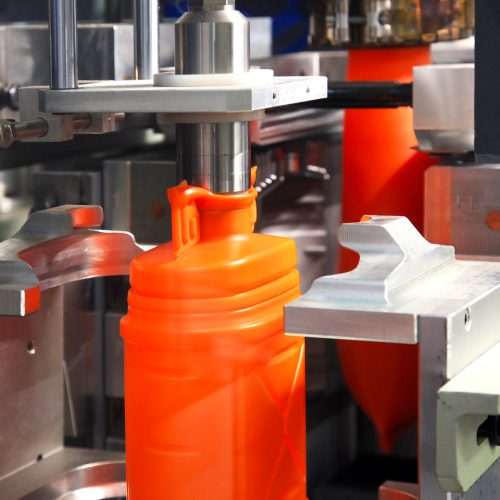
Recycled rubber powder may be added to plastic compounds in connection with injection moulding, compression moulding or other production processes.
Please take a closer look at our various powders to identify the perfect particle size distribution for your products.
At ATR, we want to work closely with our customers to develop entirely new applications from the recycled material extracted from end-of-life tyres. We offer uniform, pure and high-quality recycled rubber in all sizes – from the finest cryogenic powder to coarse granulate. Our R&D specialists will collaborate with your technical team in order to find the very best solution for your development project.
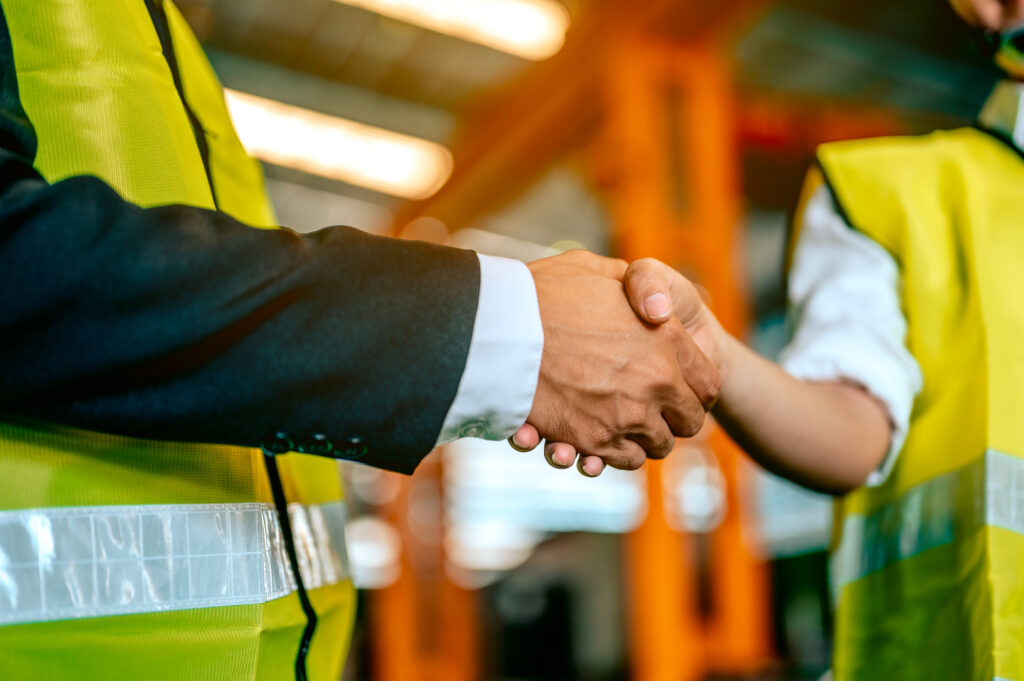
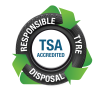
EPA License 21102